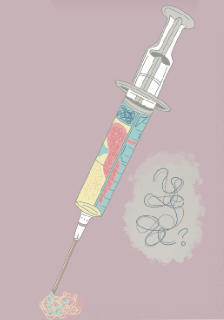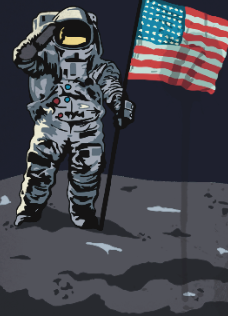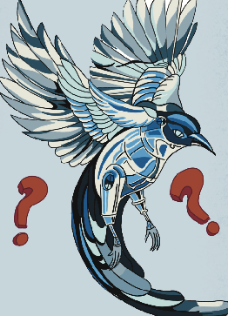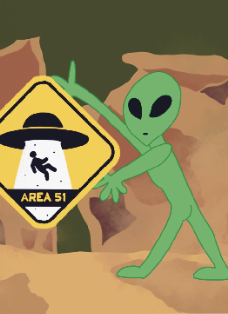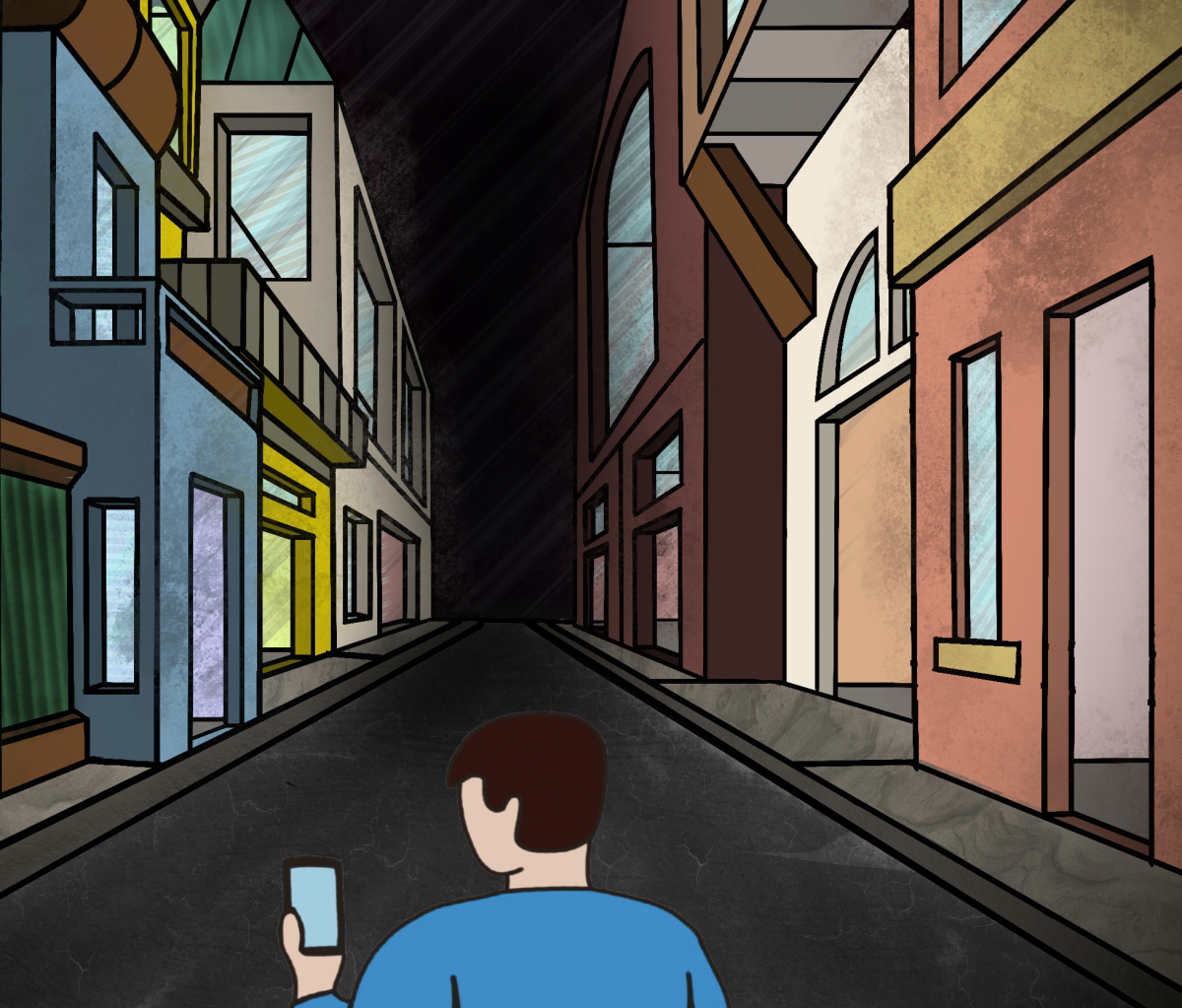Our generation grew up watching Spongebob with his sea life friends and deep sea adventures, but, as we all know, real life is nothing like Bikini Bottom. In fact, according to the Smithsonian, over 2,270 marine species are considered endangered. Unsurprisingly, many of the causes of endangerment are rooted from man-made causes.
To illustrate the severity of this issue, it is important to understand just how many creatures are close to extinction. Whales, including blue whales and more critically, the North Atlantic Right whale, are considered one of the most endangered species. Both of these recorded populations are less than 30,000, with North Atlantic Right whales critically endangered at 500-600 whales. For reference, a population of 500-600 is the average class size at FHS. Turtles also are notably endangered, with the hawksbill turtle critically endangered at a population of 8,000. However, the most endangered species is the vaquita, facing extinction with only 10 individuals left, and, unfortunately, this species will ultimately become extinct.
This state of marine life and its endangerment can be directly correlated to man-made factors. For instance, oil spills due to mining in bodies of water have led to many creatures dying due to the chemicals oil released. Along with this, plastic pollution is one of the leading causes of endangerment of sea creatures. The Great Pacific Garbage Patch is a 1.6 million square kilometer garbage patch in the northern Pacific Ocean that significantly hurts wildlife by suffocating, catching them in packaging or causing severe stomach issues if ingested. Furthermore, due to climate change caused by pollution, the ocean’s acidity has greatly increased as a result of an increase of carbon dioxide being dissolved into waters. This causes greater health concerns for marine life, including coral reefs that face coral bleaching, and impacts turtle reproduction due to global warming, causing more male than female turtles as their sex depends on the warmth of their environment.
Despite feeling like a hopeless problem, addressing the issues that our ocean creatures are facing is something that everyone needs to take part in. Advocating for better care of our environment is the first step, and the best way to start is through education, where students should learn to understand the environmental state of our world today. Taking part in organizations like the Environmental Club at FHS or volunteering at beach clean-ups are important ways to contribute towards a better future for many of these animals. Through these organizations, students can speak up in front of policymakers, bringing light on these issues can help the government come up with better laws that prevent these negative impacts.
There is hope for these creatures, but only if we as humanity start taking these statistics seriously and act on it. Even if it feels futile, educating ourselves, cleaning our planet and taking these issues to the government can help the sea animals who cannot help themselves.














